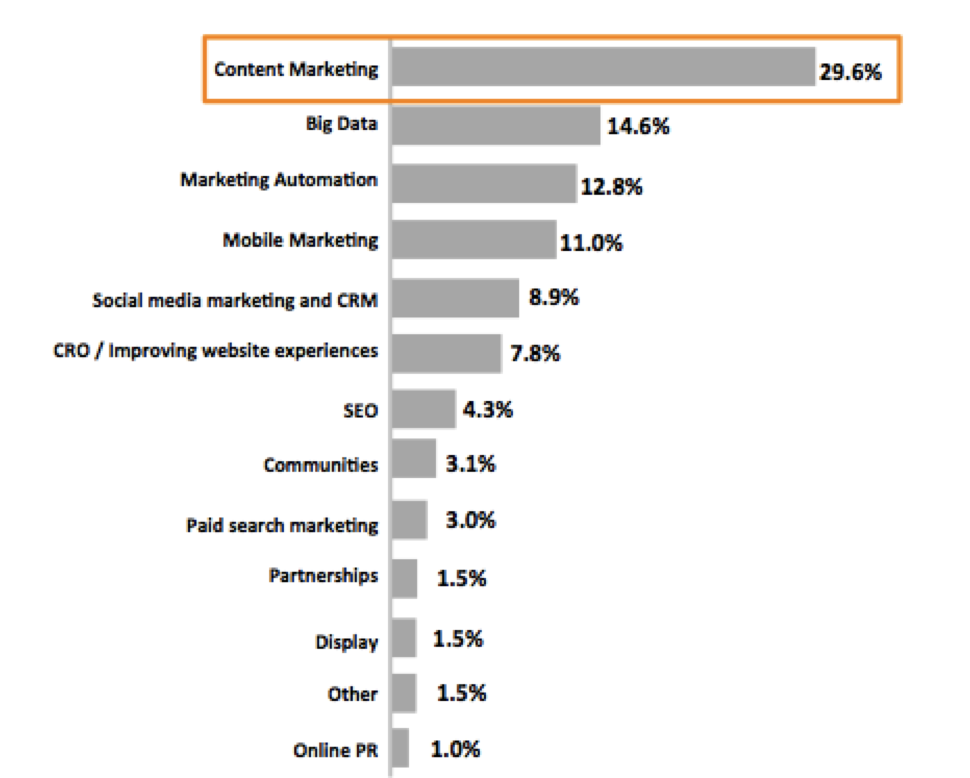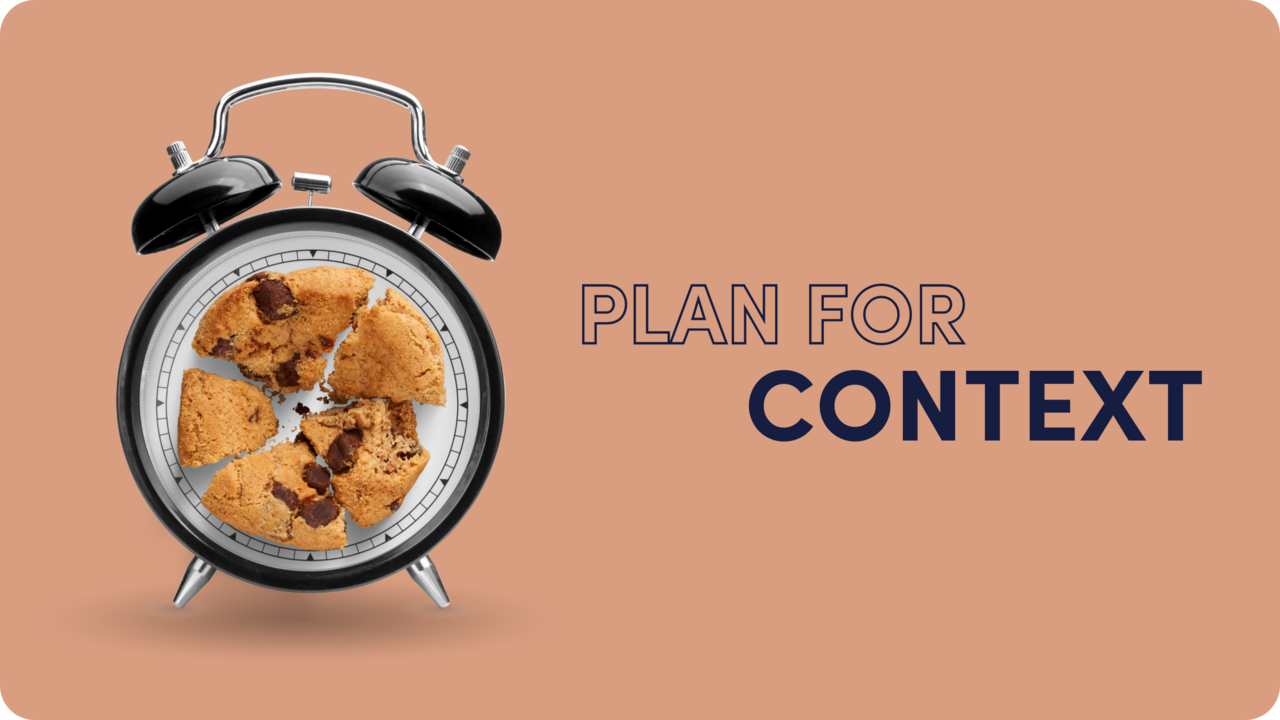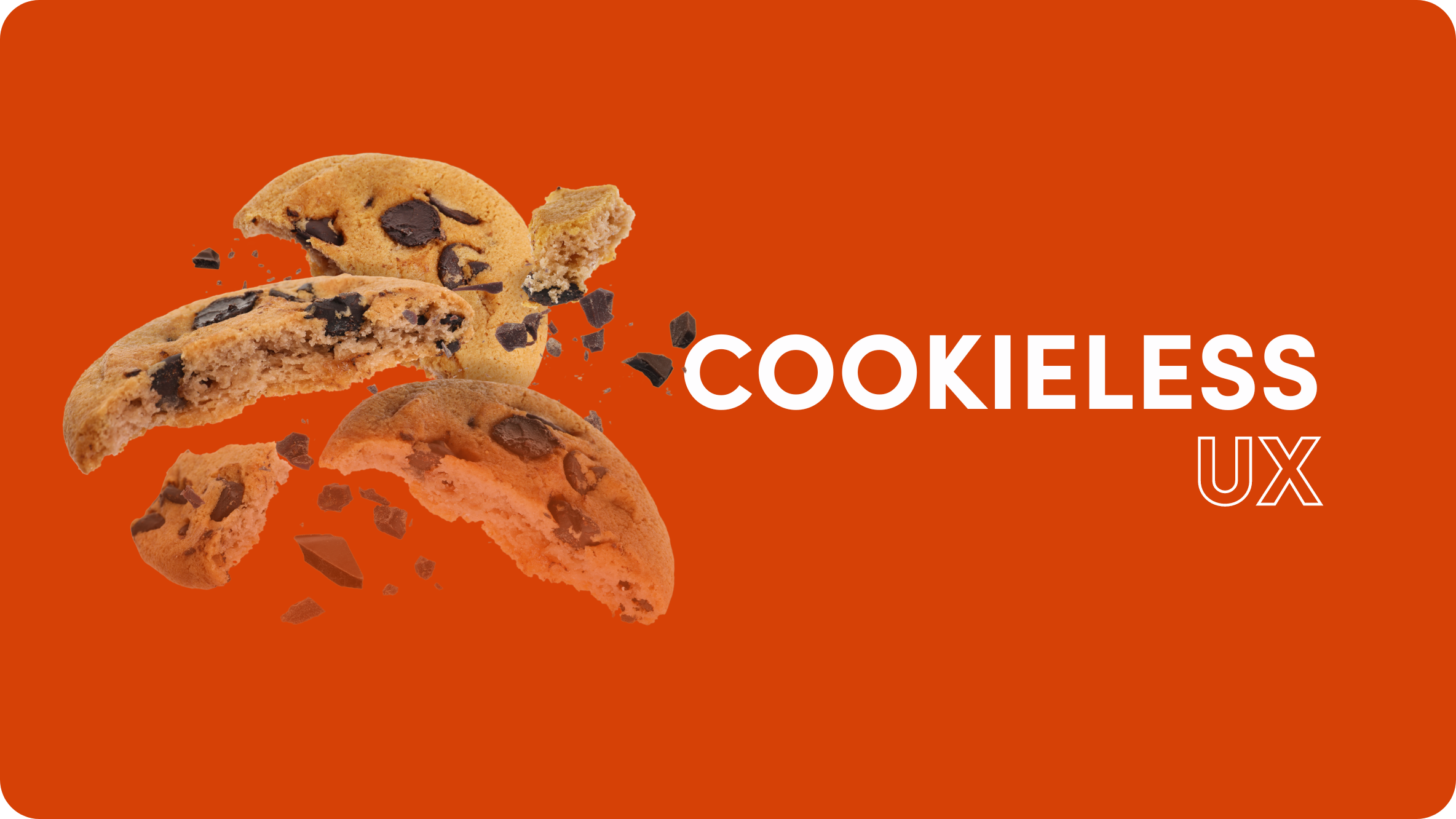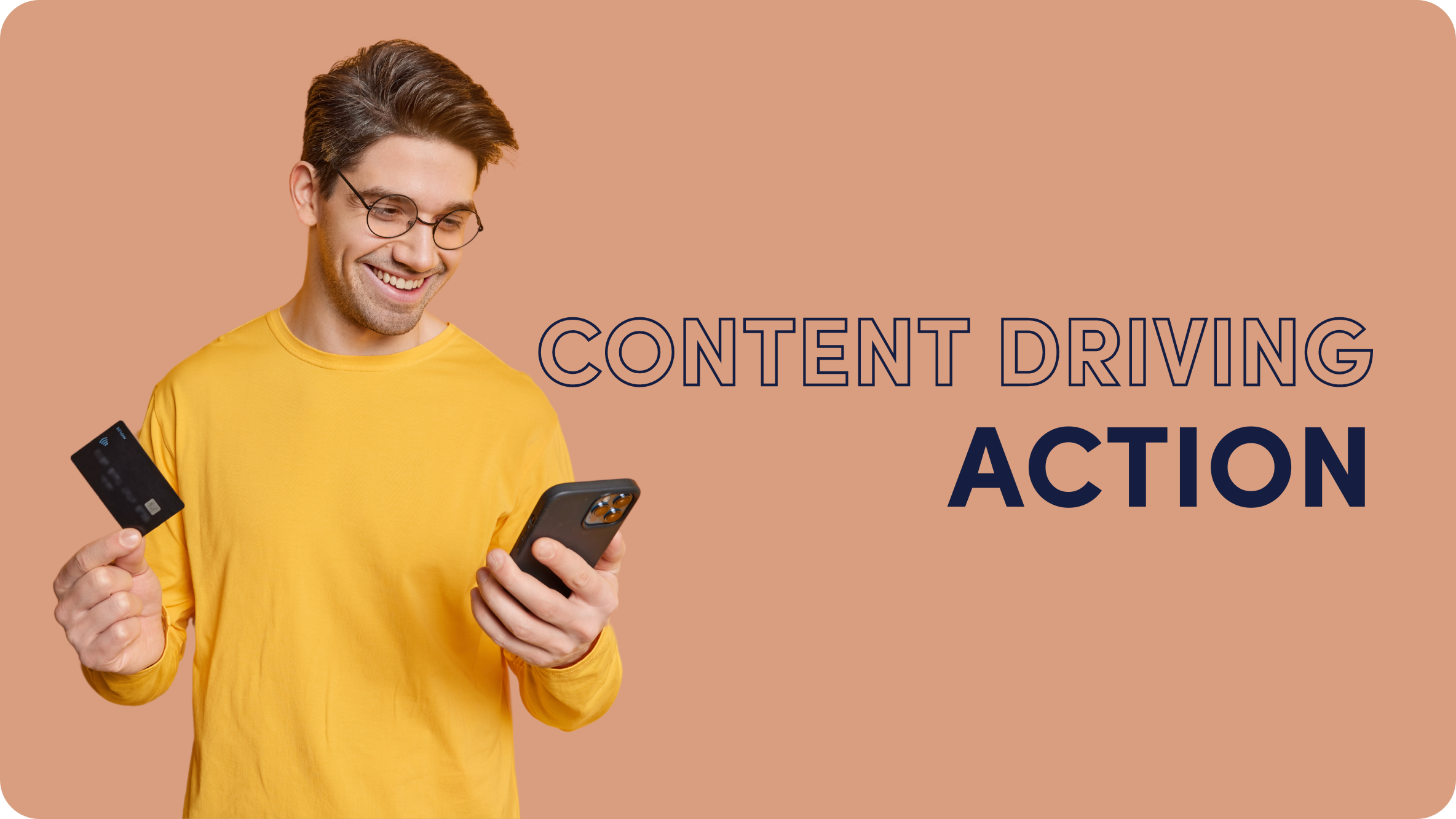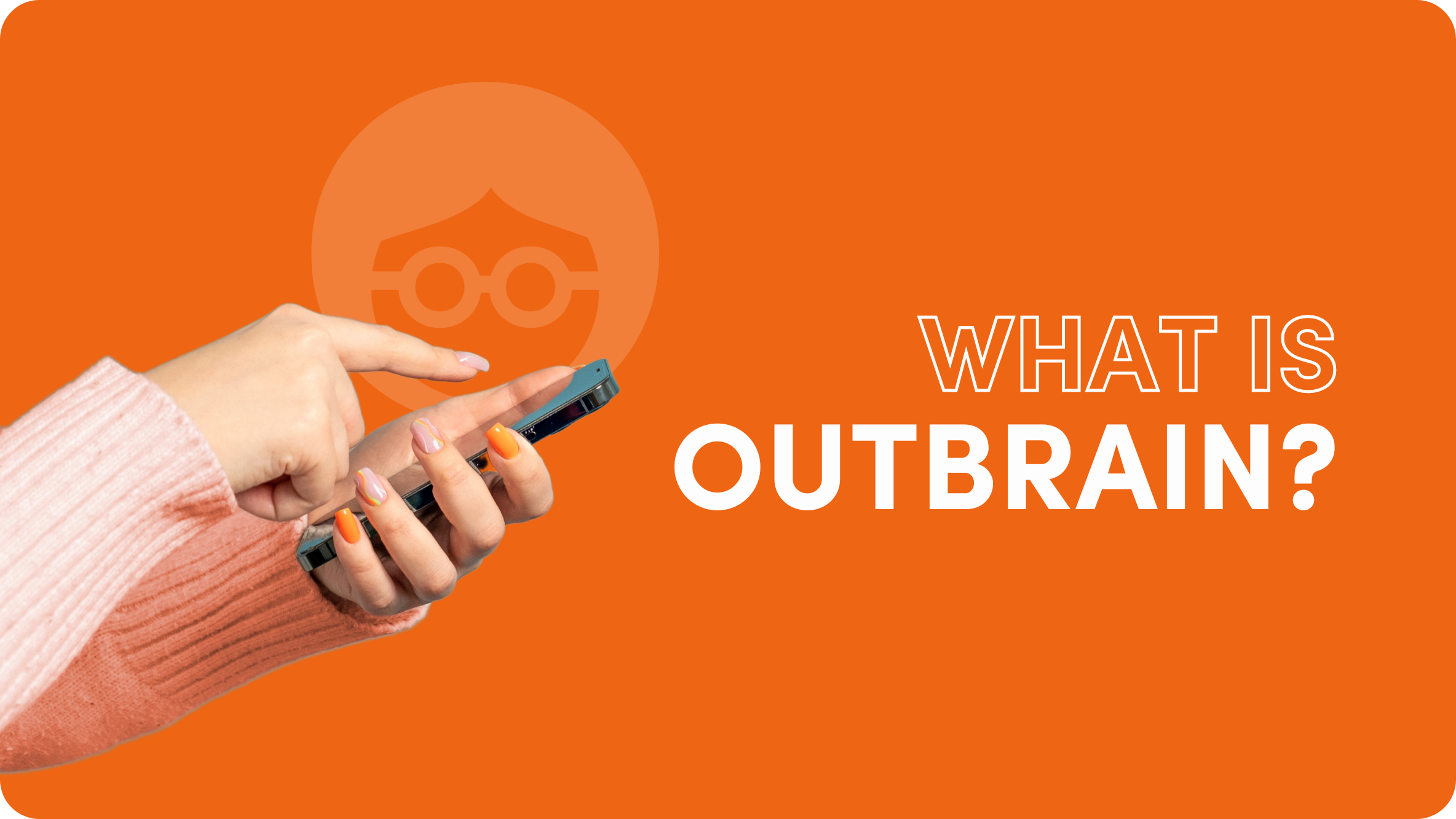Bounce Rate As You Understand It Has No Place In Content Marketing

What is a Bounce Rate?
A page’s bounce rate is the percentage of visits that land on that page and leave without visiting a second page or interacting with the page they landed on.
The following visitor actions will result in a bounce (according to Google Analytics)
- Visitor clicks the back button
- Visitor closes the browser
- Visitor types a new URL in the browser
- Visitor clicks an external link
- Visitor does not click to another page for 30 minutes
So, basically, it’s only NOT a bounce if they visit a second page.
OK, What’s Your Point?
The point is this. If a visitor lands on your blog post and reads the entire thing, that content has achieved its goal. If you’re looking at the bounce rate as a success metric for that content, 100% of the visitors could have read the entire article, scrolled to the very end, and then hit “back” on their browser, and Google Analytics will still say that page has a bounce rate of 100%.
Google Analytics is telling you that all those readers who just read every word of your carefully crafted article bounced… bounced?! Are you kidding me? They just hung on your every word!
How to make bounce rate meaningful for content marketing
There is a solution to make bounce rate a more accurate measurement. When someone lands on a piece of content let’s say it takes 5 to 15 seconds (maybe 20 secs, depending on your site) for her to understand if this is something she wants to read. If the reader decides to stay, you don’t want to count her visit as a bounce, right?
By adding a line of code to your Google Analytics tracking script, you can automatically trigger an event when readers stay for a minimum amount of time. You decide what you think the appropriate time should be.
If you use the regular Google Analytics code add this line:
setTimeout(“_gaq.push([‘_trackEvent’, ’15_seconds’, ‘read’])”,15000);
If you are using the new Universal code add this line:
setTimeout(“ga(‘send’, ‘event’, ‘unbounce’, ’15_sec’)”, 15000);
By doing this, the bounce rate becomes a significant metric. It is giving you an accurate number to rely on, and answering a very relevant question. Is the audience staying and reading the content or not?
For a full guide, read our post on using Google Tag Manager to increase engagement on your content.
Testing the Adjusted Bounce Rate
Here’s what we saw after adding an engagement event that fires 30 seconds after someone landed on the page. Over a period of 7 days, our bounce rate went from an average of 82% to 29%.

Now we have a much better understanding of what content actually gets read, instead of falsely assuming this visitors bounced without engaging with our content.
Key Takeaways
- Bounce rate as most people understand it is not a good KPI for content marketing
- If you’re using bounce rate as a content marketing KPI, you MUST implement a timing engagement event into your Google Analytics tracking script.
Effectively measuring your content marketing is not easy, but those who measure and optimize the right metrics will be the ones who ultimately see the greatest return on investment. According to a poll conducted by SmartInsights the majority of marketers agree content marketing will have the single biggest commercial impact in 2015 among all digital marketing techniques.
If that will be true for your business or brand understanding bounce rate and other performance content marketing metrics are critical to your success.
How are you measuring your content marketing?

